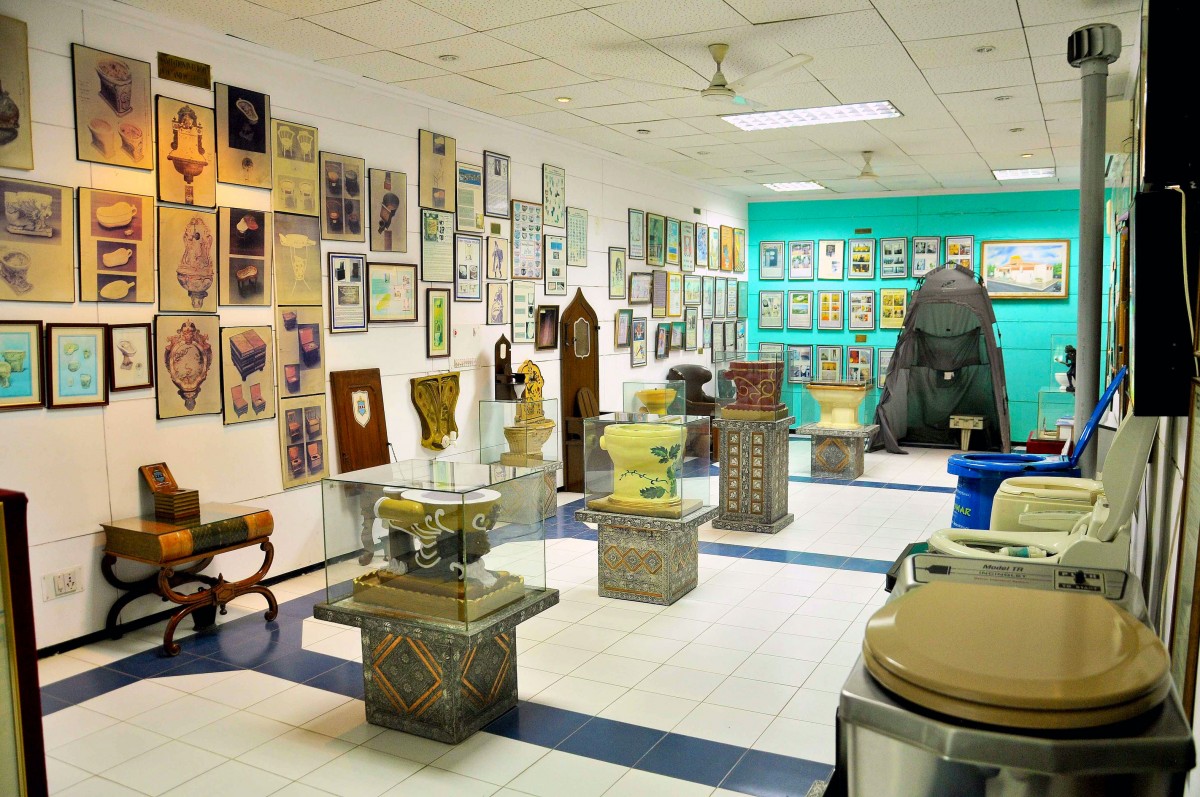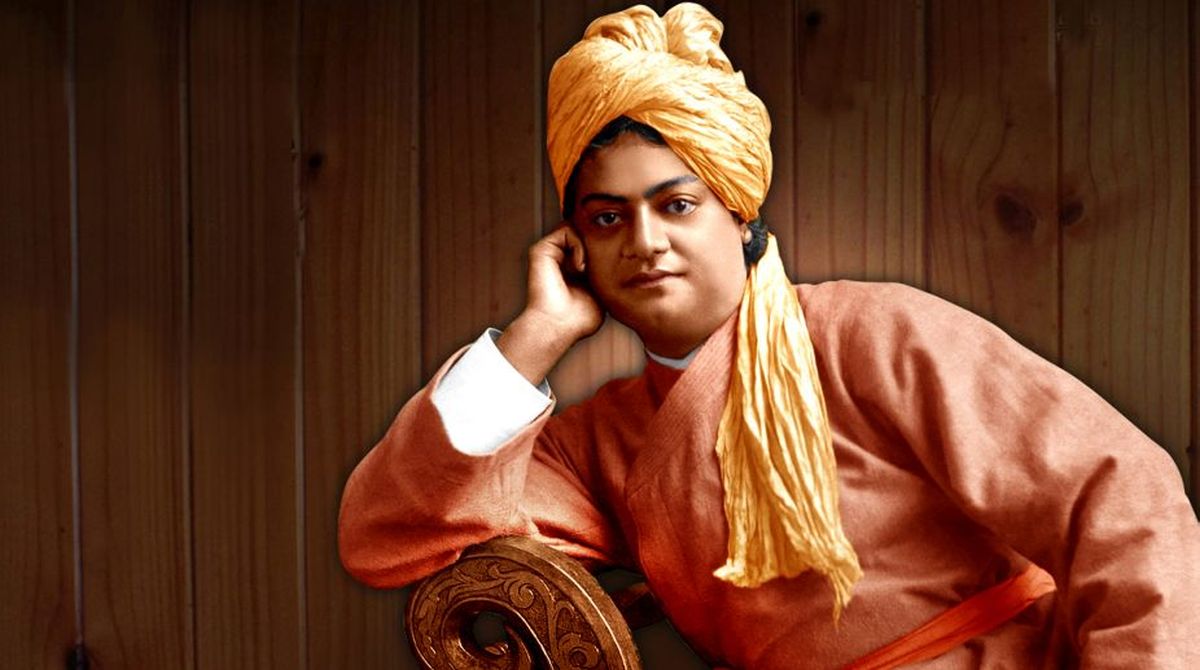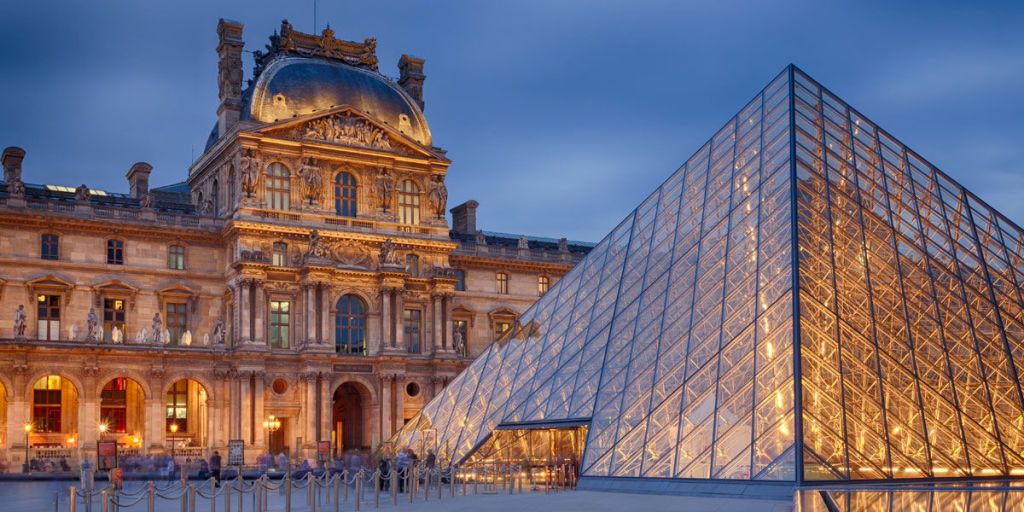One of the 10 museums around the world that are anything but mundane- Is the Sulabh International Museum of Toilets in Delhi
The founder of Sulabh International Social Service Organisation Dr. Bindeshwar Pathak envisioned this one of the unique museums, which has a rare collection of facts, pictures and objects detailing the historic evolution of toilets from 2500 BC to date and provides a chronological account of developments relating to technology, toilet related social customs, toilet etiquettes, prevailing sanitary conditions and legislative efforts of the times.
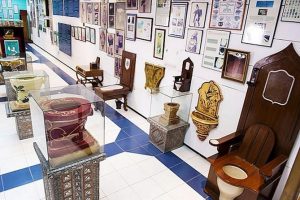
The Sulabh International Museum of Toilets in Delhi is a museum run by the Sulabh International, which is dedicated to the global history of sanitation and toilets. According to Time magazine, the museum is one of the weirdest museums among the “10 museums around the world that are anything but mundane”. It was established in 1992 by Dr. Bindeshwar Pathak, a social activist, founder of Sulabh Sanitation and Social Reform Movement, recipient of national and international awards including the Stockholm Water Prize in 2009. His objective in establishing this museum was to highlight the need to address the problems of the sanitation sector in the country, considering the efforts made in various parts of the world in this field since the third millennium BC.
Facts about Toilet Museum:
- The museum is divided into 3 sections – ancient, medieval, and modern.
- It also unfolds the sanitization arrangements during early settlements, including Harappa culture.
- Ornately carved and painted urinals and commodes are the prime attraction here.
- The mobile commode in the shape of a treasure chest was used by the English during camping and hunting.
- The toilets by Roman emperors were made of gold and silver.
The Museum
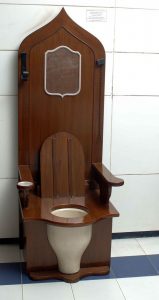
The Museum has a rare collection of facts, pictures and objects detailing the historic evolution of toilets from 2500 BC to date. It provides a chronological account of developments relating to technology, toilet related social customs, toilet etiquettes, prevailing sanitary conditions and legislative efforts of different times. It has an extensive display of privies, chamber pots, toilet furniture, bidets and water closets in use from 1145 AD to the modern times. It also has a rare collection of beautiful poems related to toilet, their usage.
The pictures displayed in the Museum make one aware of how the world looked like when societies did not have the benefit of water closets (W.C.) and the changes that have been brought about by its invention. Ornately carved and painted urinals and commodes attract attention and are a source of amusement to many. The models and pictures of medieval commodes are noteworthy. There is also a replica of medieval mobile commode in the shape of a treasure chest, which the English used while camping out for a hunt. One could imagine the shock registered by some unsuspecting highway robbers, if they made away with such ‘treasure chests’, thinking it to be containing something absolutely costly inside. The Museum also displays how the Roman emperors used to have toilet pots made of gold and silver. The Museum has a rare record of the flush pot devised in 1596 by Sir John Harrington, a courtier during the reign of Queen Elizabeth I. The Museum displays sewerage system of the Harappan Civilization dating back to 2,500 BC. It also maintains a detailed record of how modern toilet pans have emerged over a period of time.
The Museum has a stock of interesting anecdotes and facts associated with the development of toilets. Tracing the history of toilets from the Indus Valley Civilisation in Lothal, 62 km from the city of Ahmedabad, India where a highly developed drainage system existed, the Museum also documents facts relating to the countries in Europe where most of the early technological developments in the evolution of toilets took place. The national flags of different countries, from where the pictures of toilets have been collected, are also displayed.
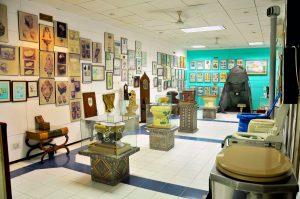
The Museum receives a daily stream of visitors from India and abroad. Ranging from doctors, nurses, school students, planners, Government Officials, anthropologists, engineers, scientists, designers, etc. The Museum has over the years proved to be a source of inspiration. It is a unique Centre for raising awareness towards proper sanitation and toilets around the world.







